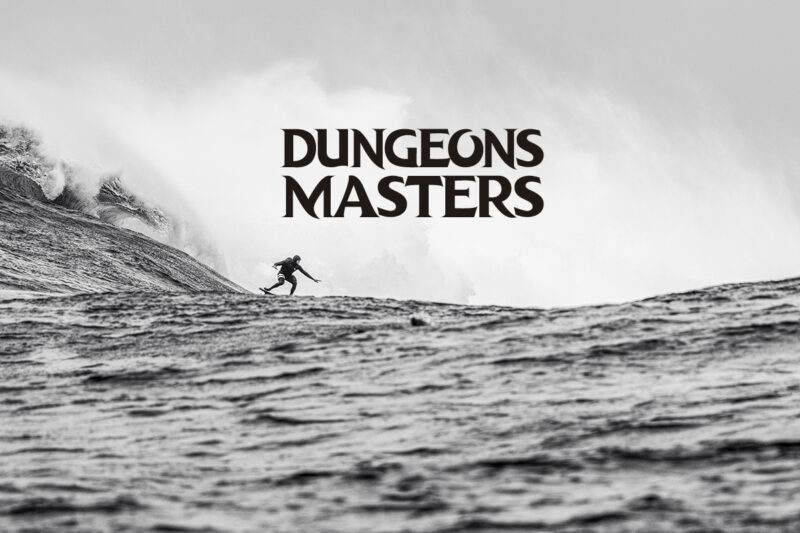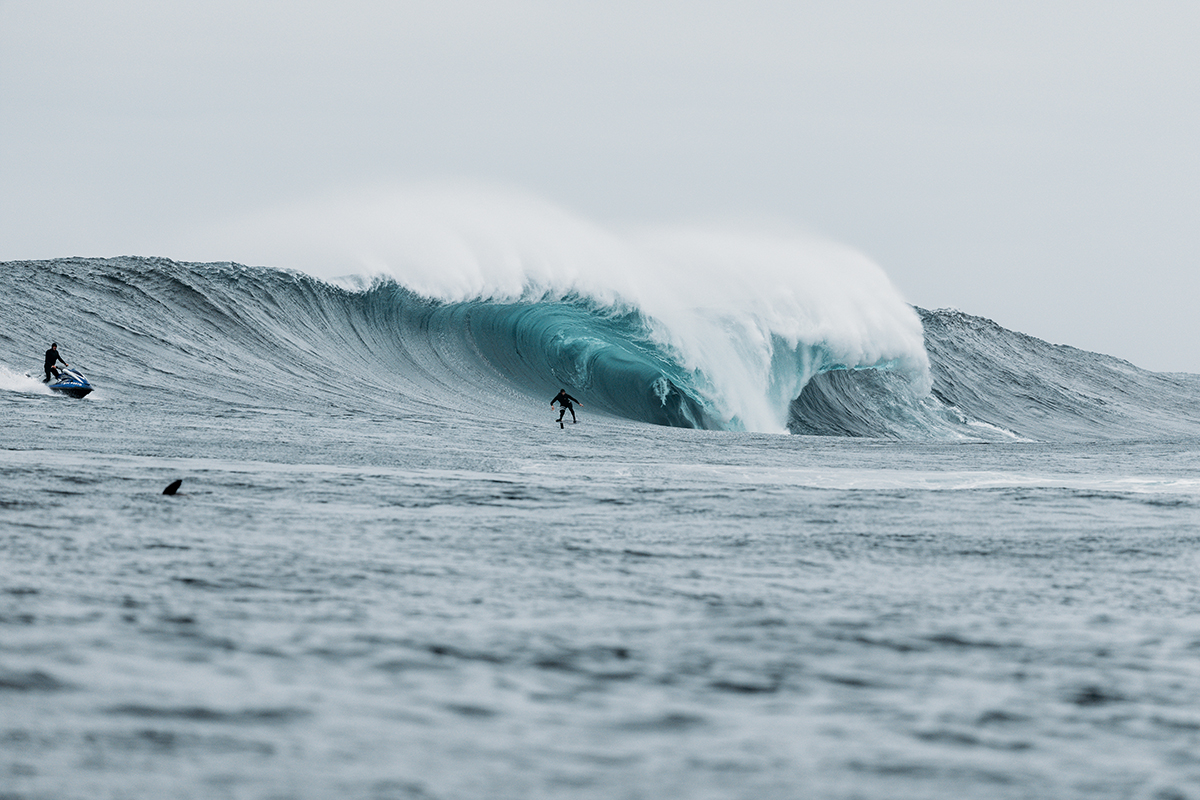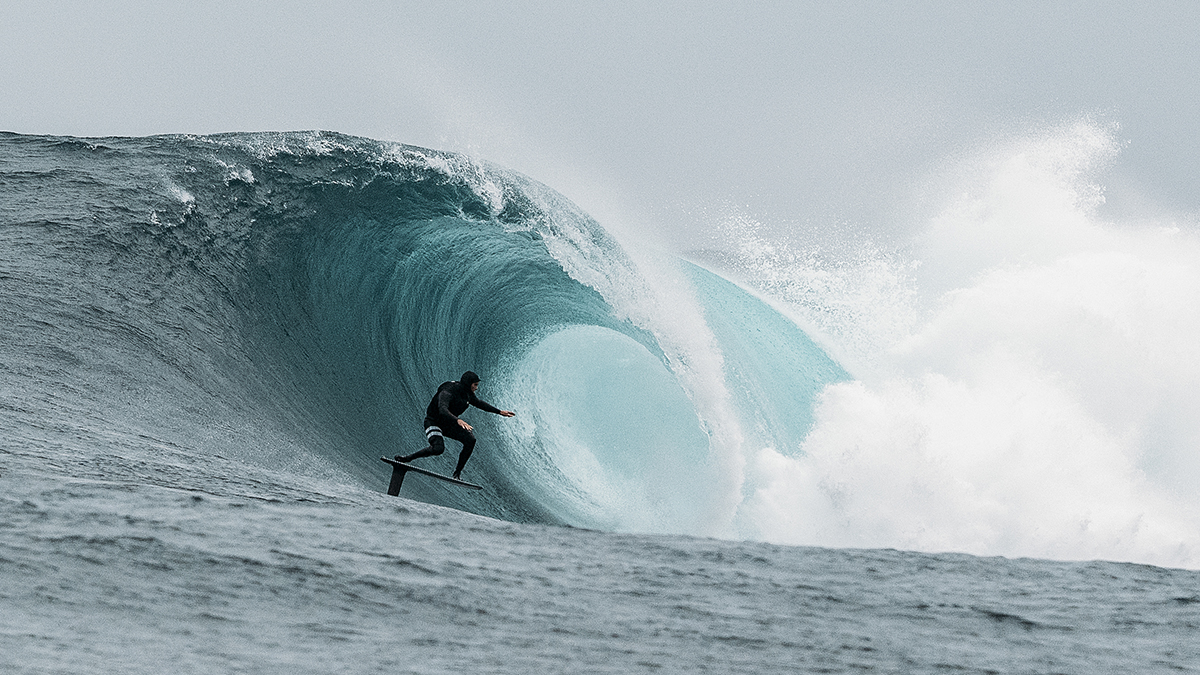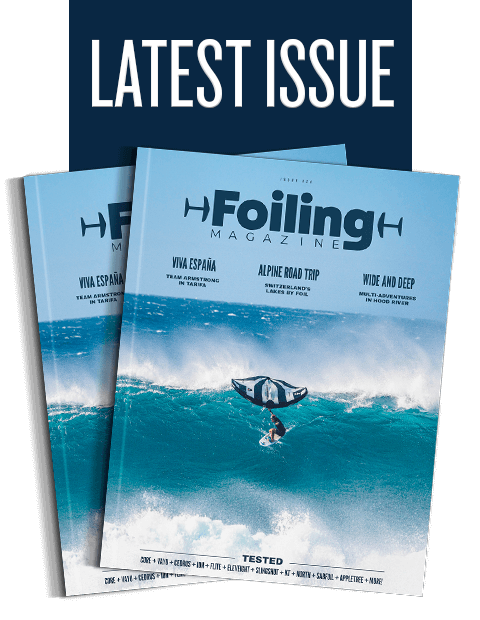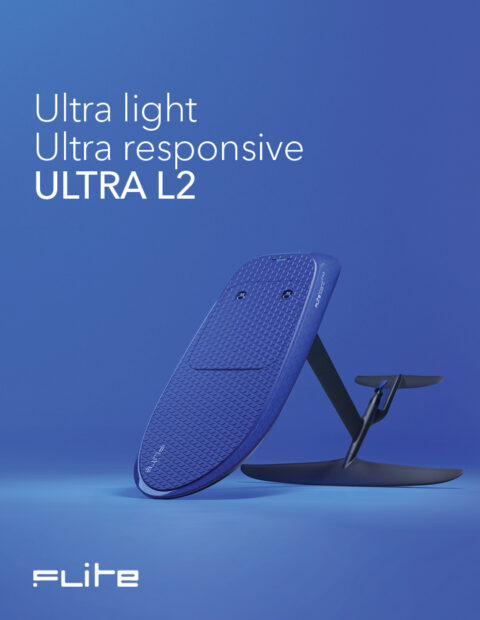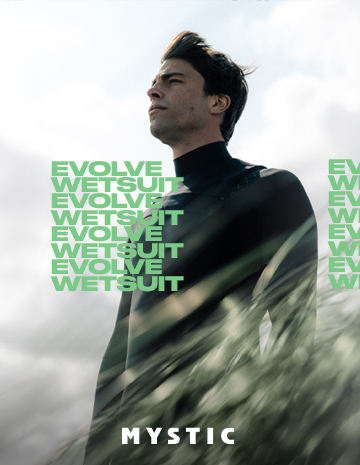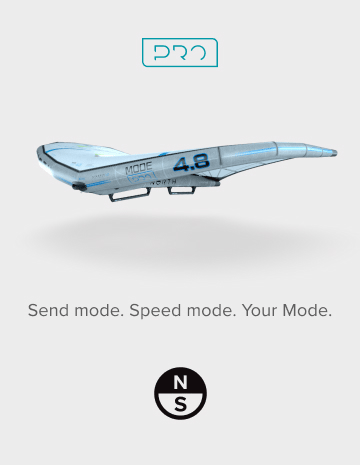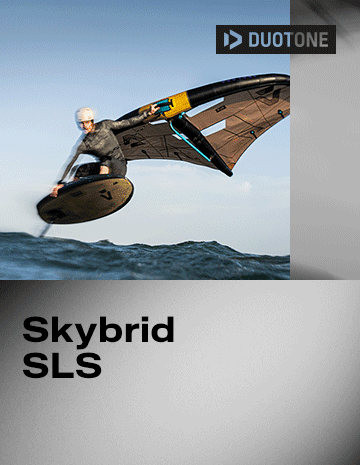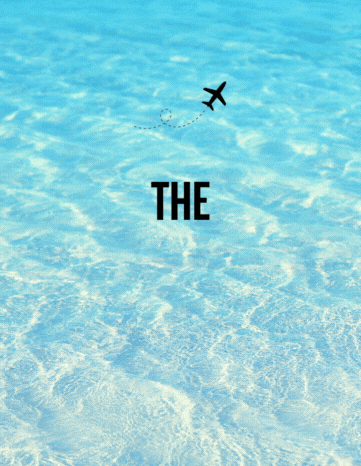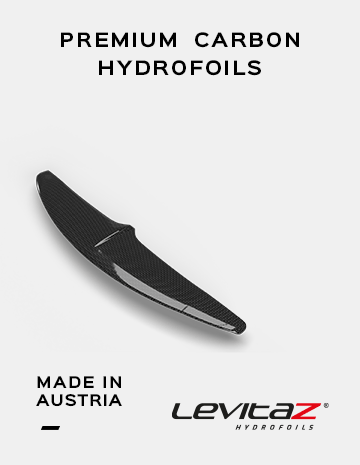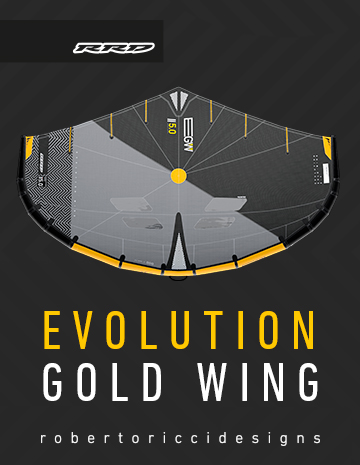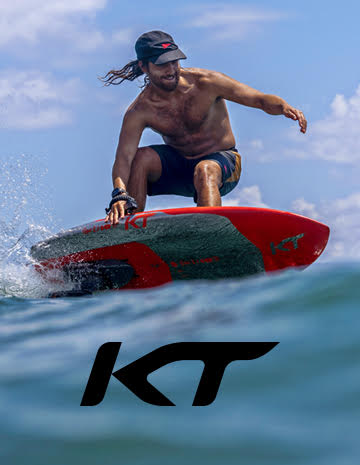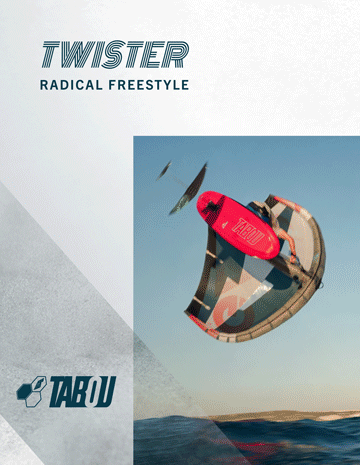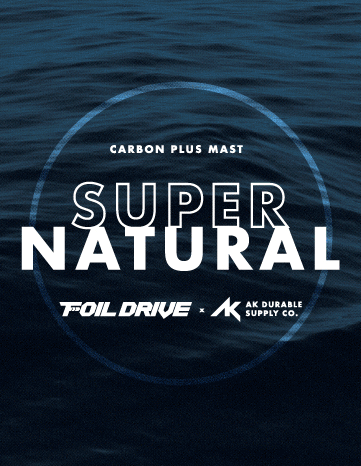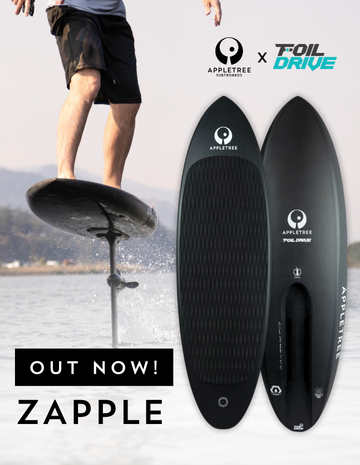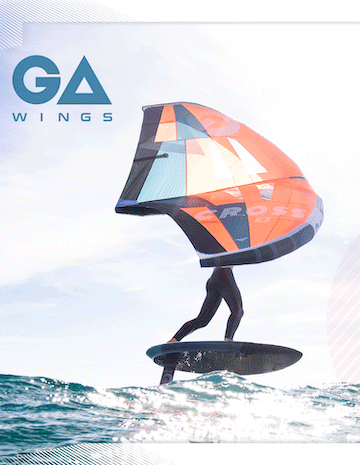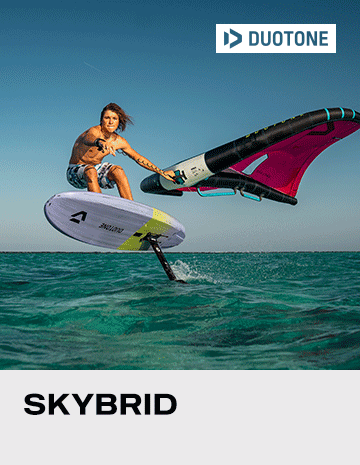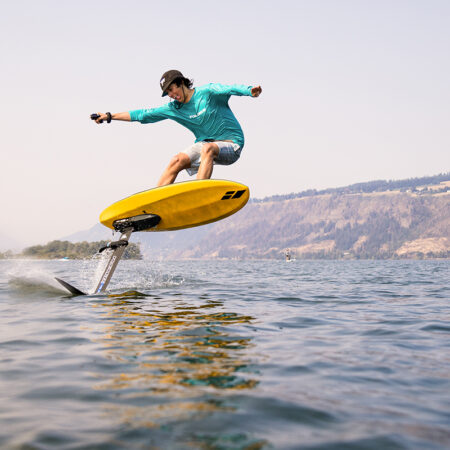Dungeons is one of South Africa’s most notorious big wave spots. It breaks near the town of Hout Bay, about 1km out to sea in front of a vertical cliff face known as “The Sentinel”. It needs at least a 4.5 meter swell with a 16 second period or higher to start breaking and is best on a light northeast wind, which hardly ever blows, so it is usually pretty bumpy.
To get to the peak, you either have to take a 15-minute boat ride or jet ski ride from Hout Bay harbor, or a one-hour long hike over The Sentinel and a 20-minute paddle crossing a deep water channel, next to an island packed with Cape fur seals.
Once you reach the backline, there are two roughly defined peaks, one on the inside, known as “The 2.5”, (because that’s how deep it is to the bottom on low tide) and one on the outside, which has no official name, and only starts breaking properly when the swell is above six meters. The take-off zone at both peaks constantly shifts up to 50 meters in all directions depending on swell direction and size, which makes it extremely difficult to position yourself when paddle surfing, and getting caught on the inside a few times in a session is pretty much a given. Add to this the fact that wave size can range from 30 to 70ft on the face, and all in all it’s definitely not the most user-friendly big wave spot. Especially if you are paddling in.
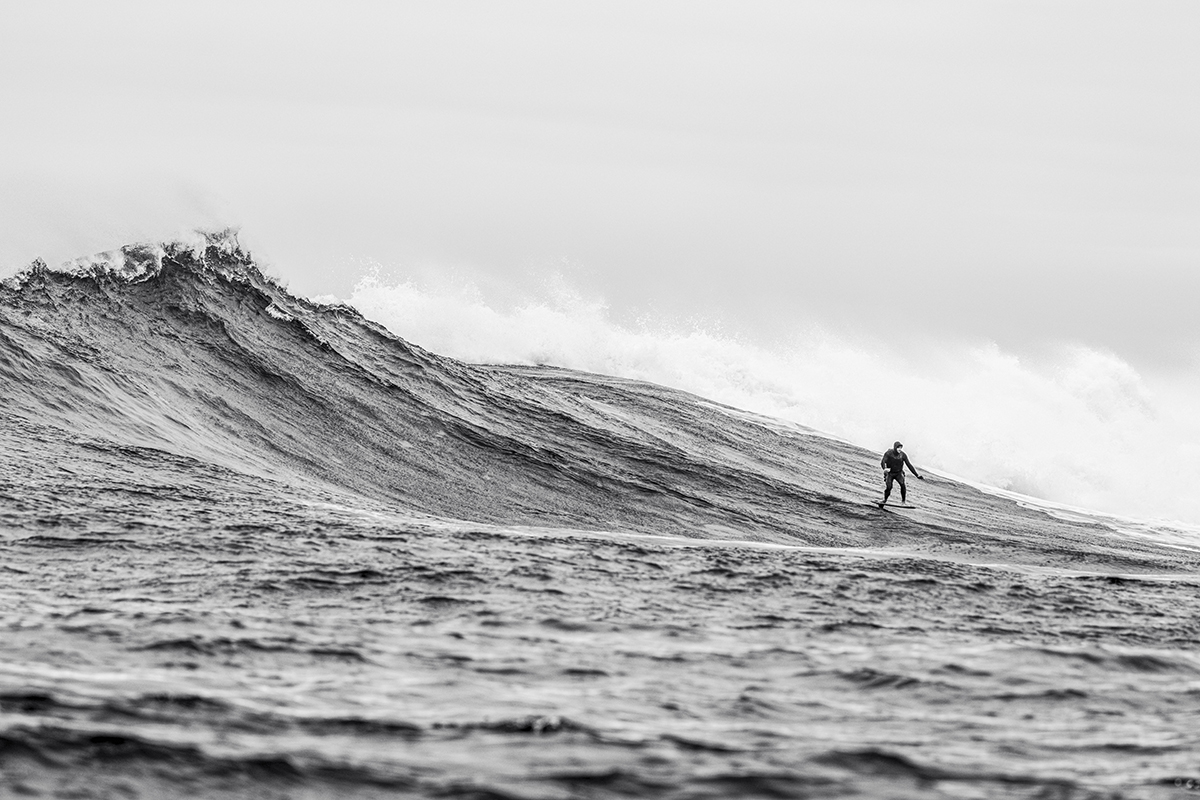
Photo: Jacque Smit
On a foil, using a jet ski to tow into the waves is easier and wave count is significantly higher. You can get into the swells well before it starts breaking and cover massive ground to position yourself better on the wave as it starts hitting the reef. There is a strict rule in Cape Town that prohibits jet skis from coming within 50m of any surfer on a peak. This works really well at Dungeons because most of the time paddle surfers will sit on “The 2.5” which leaves the deeper reef open to foil, even though it’s not breaking. So everyone gets to have their fun!
Big wave foiling is relatively niche, with very few suppliers developing equipment tailor-made to the specific conditions that a big wave scenario might require and that is where my tow partner of 18 years, Jacques Theron, comes in. Jacques, like me, is an engineer. He has a background in developing hydrofoils with a passion for finding the right foil for the right conditions. Together we have racked up over 1100 jet ski hours, most of which have been logged on a foil. The Naish Mololo version one was the first foil we ever tested, and we were very excited to try it out at Dungeons, but after a few attempts and massive high speed pop outs and smash downs, we quickly realized things were not right and Jacques made it his mission to develop a setup that would work. He partnered with AK Durable Supply Co. and we started testing various prototypes. There were some versions that kind of made it down the face, but this was the first setup that we actually felt comfortable on. The foil needs a lot of speed to fly, so driving the ski in any kind of chop fast enough to keep the rider on foil is pretty challenging, but as soon as you let go of the rope, and the foil starts tapping into the swell’s energy, it’s an insanely smooth ride.
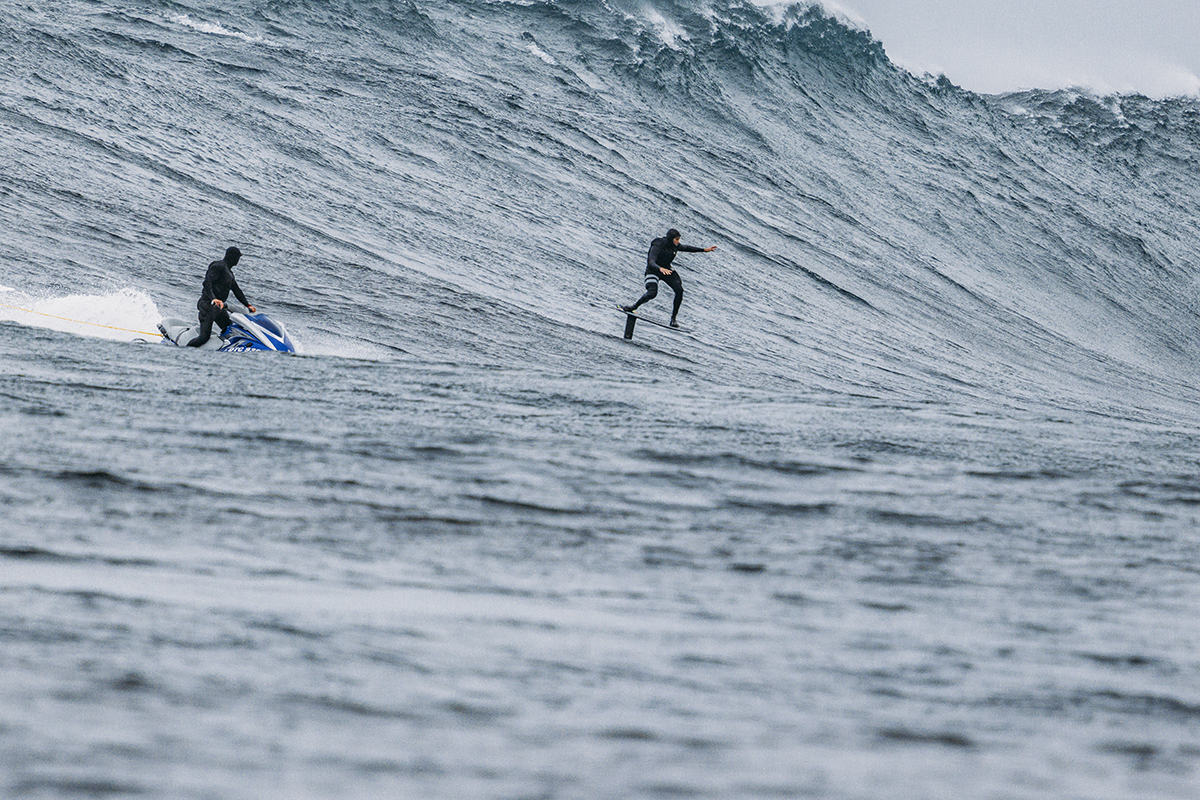
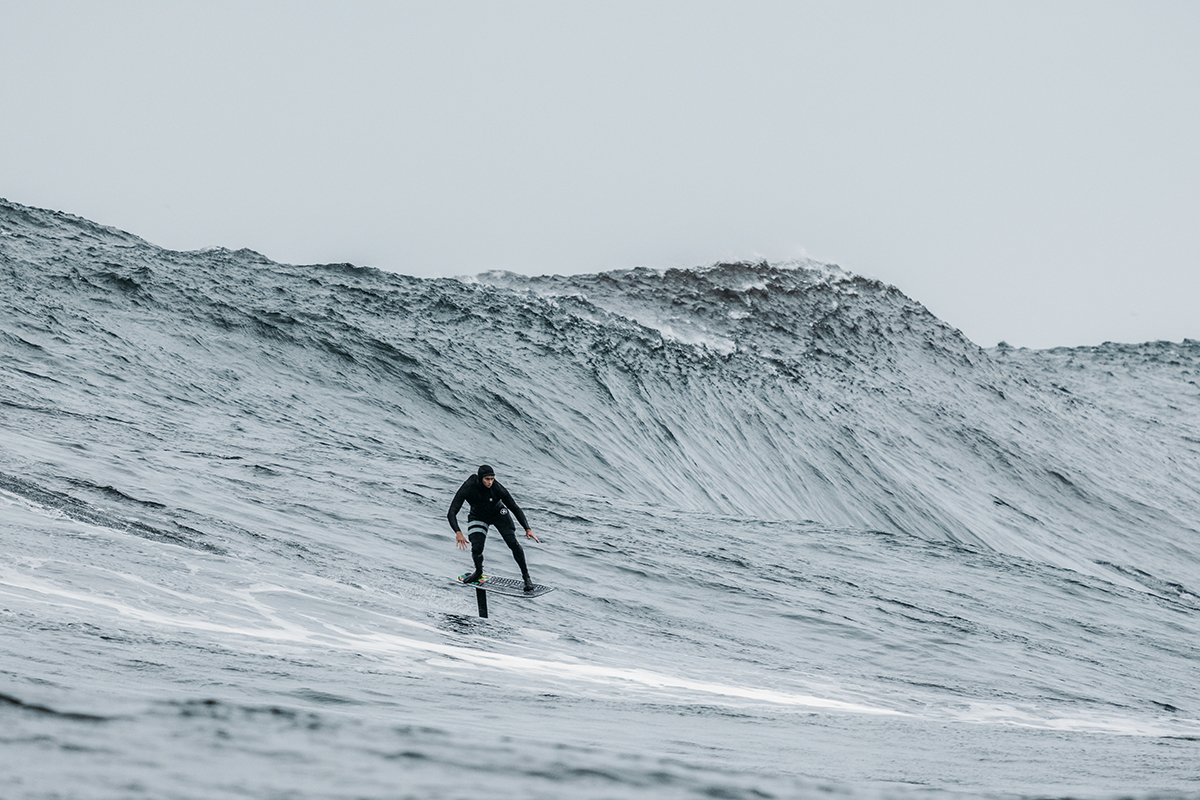
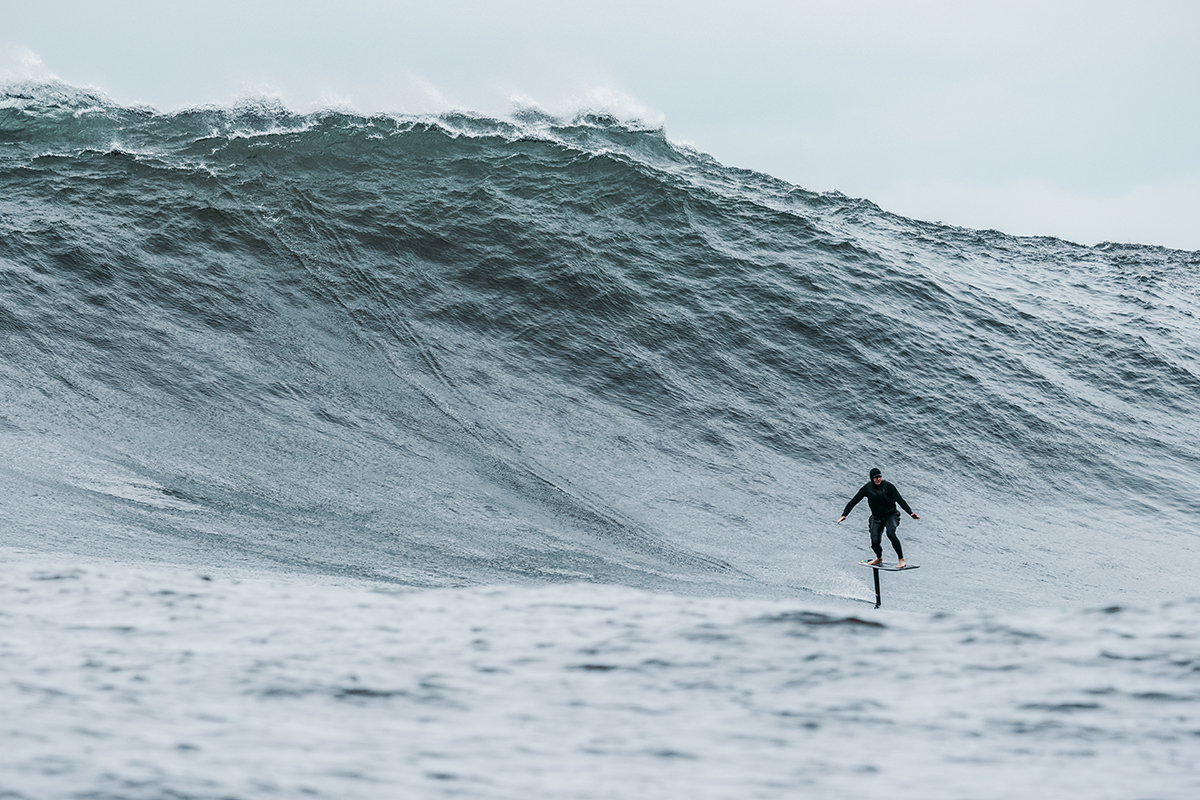
Photo: Jacque Smit
Our day nearly ended just as we were getting excited about how well things were going. Jacques pulled me into a smaller wave, and I misjudged where I was. When the wave started hitting the reef it closed out on me, and I realized I was right in front of the seal island. When I came up, the foil was nowhere to be found. Jacques picked me up with the ski and we started searching for it. It took us a while and we started wondering if it might have been destroyed on the rocks or lodged under some kelp, when we spotted it right next to the island, in the white water. We retrieved it, but on the way back out to the channel a massive surge sucked a piece of reef dry right in front of us and we hit it square on with the ski. Luckily it was covered with kelp and the damage was not significant enough to penetrate the hull. We could carry on.
From then on, we both got the best big waves we have ever foiled. My most memorable wave was a big barreI that unfolded behind me. I got onto it way on the outside and drew a deeper line than usual. When it started hitting the reef the whole face just got cleaner and cleaner as the water started sucking up off the reef. It was for sure the most power I have ever felt on foil and as I came gliding down the face, picking up more and more speed, I just kept on thinking, “it’s going to pop out, it’s going to pop out”, but it held, and as I made the bottom turn I heard the lip detonate behind me and then felt the shock wave reverberate through the foil. I was very, very stoked to make it to the channel! I have fallen enough times halfway down a wave face from full mast height to know that if that foil did pop out at the bottom of that wave there is a very high probability that I would have been dealing with a ripped apart left shoulder!

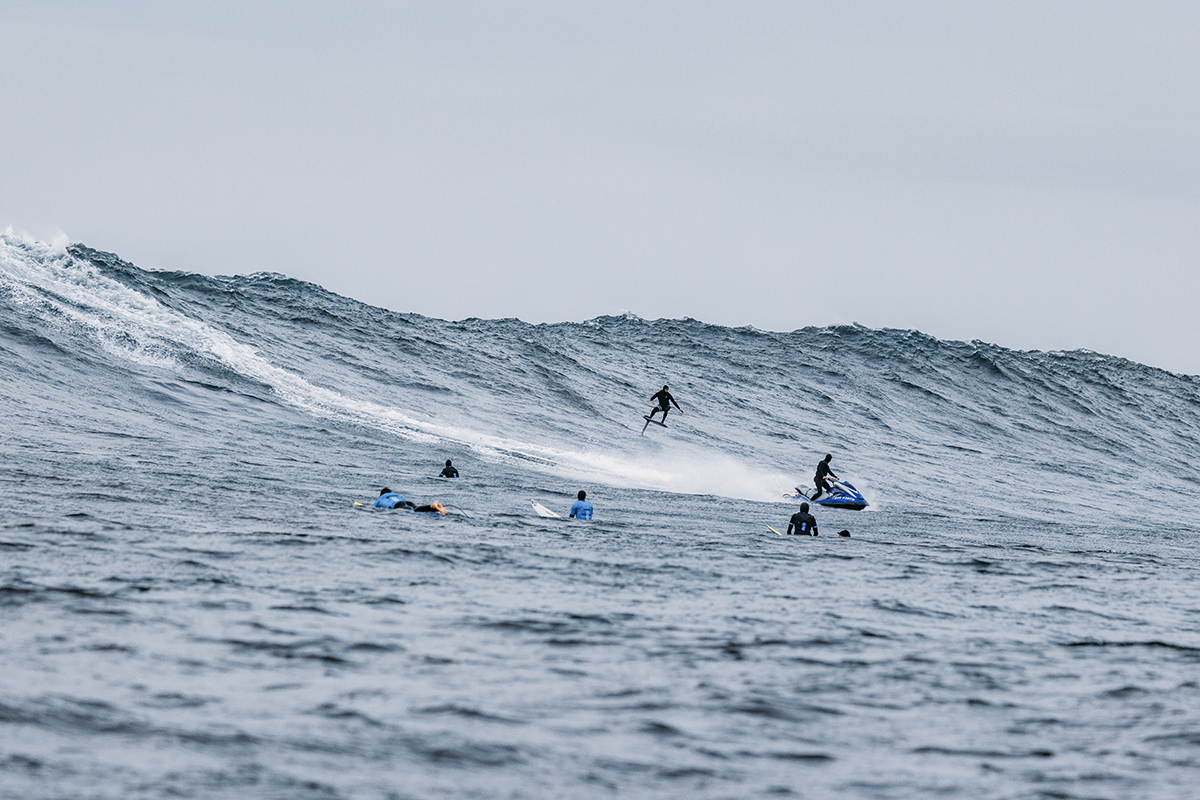

Jacques’ bomb, gliding right under the lip, perfectly in the pit, was another highlight moment! He works hard to set up and test all of the different foil versions, and the bond he has with the equipment clearly shows in how smooth and confident he is on foil in heavy situations. His passion to find the perfect big wave foil is never ending and I can’t wait to see what he pulls out of the bag the next time a big swell rolls in.
Days like this usually end in the bar, re-living the highlights through camera viewfinders and exaggerated first-hand accounts, before they are uploaded to social media, and this day was no exception. It’s a special place that only comes alive a few times a year with a few special people. Not every moment spent out there makes it into a magazine, but with every year that passes, and all that changes, I realize more and more that every one counts.


